Increasing Pet Ownership
The rise in pet ownership has been a notable trend, contributing to the expansion of the Pet Allergy Treatment Market. As more households welcome pets, the prevalence of pet allergies has also increased. Reports indicate that approximately 10 to 20% of the population may experience allergic reactions to pets, particularly to cats and dogs. This growing number of pet owners seeking effective treatment options drives demand for various allergy management solutions. Consequently, the Pet Allergy Treatment Market is likely to witness a surge in product offerings, including medications, immunotherapy, and natural remedies, catering to the needs of allergic pet owners. The increasing awareness of pet allergies and their impact on quality of life further fuels this market growth.
Emergence of E-commerce Platforms
The emergence of e-commerce platforms is transforming the Pet Allergy Treatment Market by providing consumers with easier access to a wide range of allergy treatment products. Online shopping has gained popularity among pet owners, who appreciate the convenience and variety available through digital channels. This shift towards e-commerce allows for greater product visibility and enables consumers to compare options more effectively. Additionally, the ability to read reviews and access information about different treatments enhances informed decision-making. As e-commerce continues to grow, it is likely to play a pivotal role in shaping purchasing behaviors within the Pet Allergy Treatment Market, potentially leading to increased sales and market penetration.
Advancements in Allergy Treatments
Innovations in allergy treatments are reshaping the Pet Allergy Treatment Market. Recent developments in immunotherapy, such as sublingual and injectable options, have shown promise in providing long-term relief for allergy sufferers. These advancements not only enhance the efficacy of treatments but also improve patient compliance due to their convenience. Furthermore, the introduction of biologics, which target specific pathways in allergic reactions, represents a significant leap forward in allergy management. As these novel therapies gain traction, they are expected to attract a broader consumer base, thereby propelling the Pet Allergy Treatment Market. The ongoing research and development efforts in this field suggest a potential for more effective and personalized treatment options in the near future.
Growing Awareness of Pet Allergies
The increasing awareness surrounding pet allergies is a crucial driver for the Pet Allergy Treatment Market. Educational campaigns and resources have made pet owners more cognizant of the symptoms and management strategies associated with pet allergies. This heightened awareness encourages individuals to seek medical advice and explore treatment options, leading to a rise in consultations with healthcare professionals. As a result, the demand for allergy testing and subsequent treatment plans is likely to increase. Moreover, the Pet Allergy Treatment Market may benefit from the growing trend of pet-friendly environments, as establishments aim to accommodate pet owners while addressing allergy concerns. This dual focus on awareness and inclusivity could further stimulate market growth.
Rise in Veterinary Care Expenditure
The upward trend in veterinary care expenditure is significantly influencing the Pet Allergy Treatment Market. Pet owners are increasingly willing to invest in their pets' health, leading to higher spending on veterinary services, including allergy diagnostics and treatments. Data suggests that pet owners are prioritizing preventive care and seeking specialized treatments for their pets, which includes allergy management. This trend not only reflects a shift in consumer behavior but also indicates a growing recognition of the importance of addressing pet allergies. Consequently, the Pet Allergy Treatment Market is poised to benefit from this increased expenditure, as veterinary clinics expand their offerings to include comprehensive allergy treatment options.


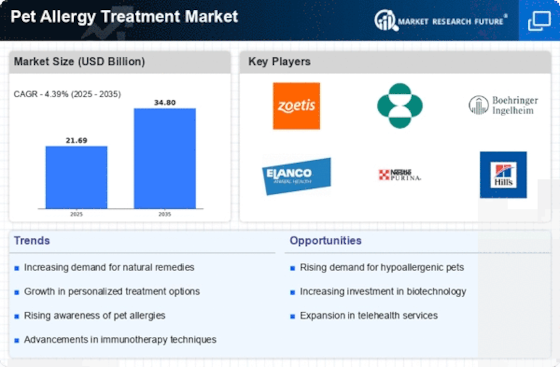
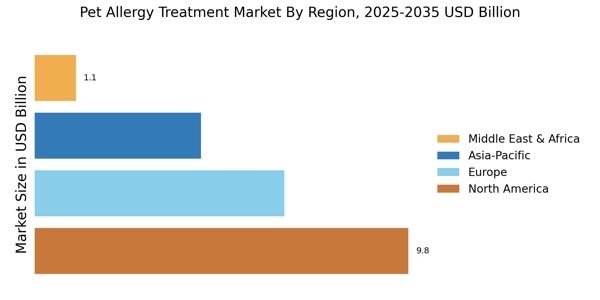

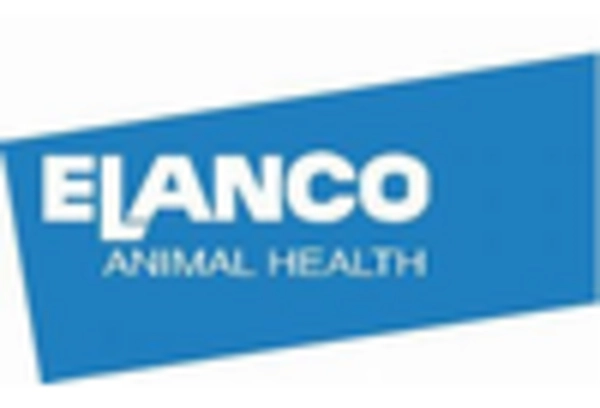
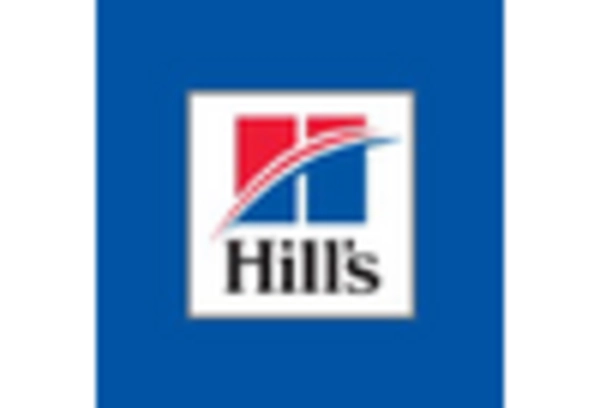
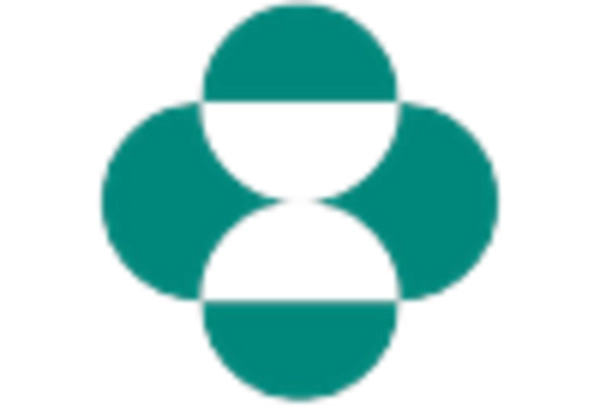
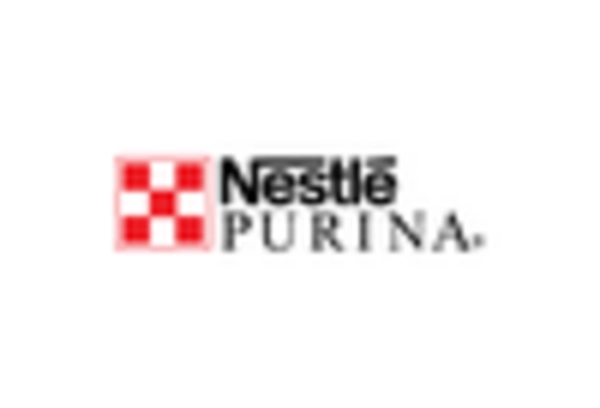
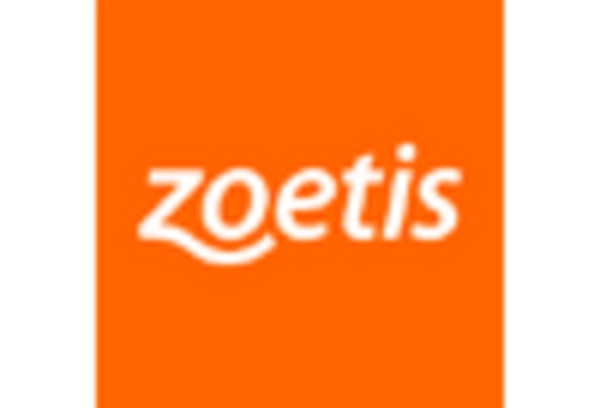








Leave a Comment